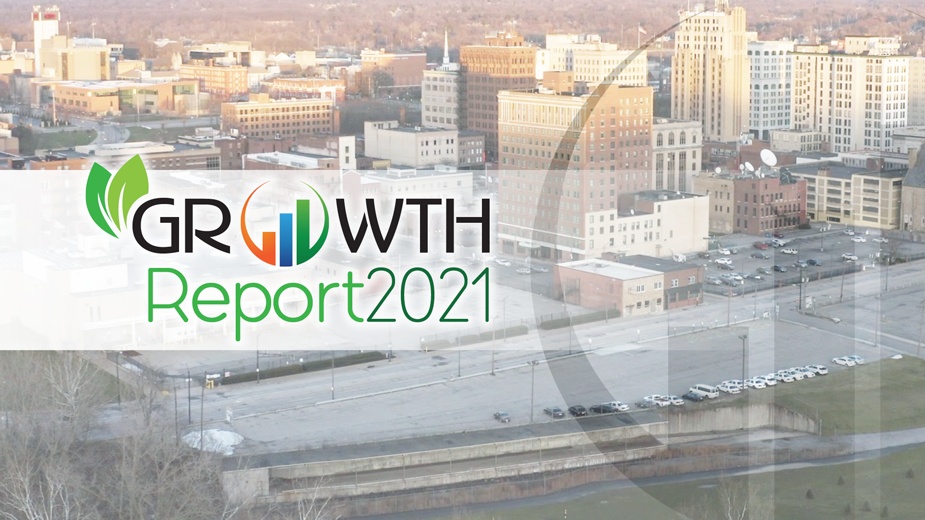By Debora Flora
Executive Director, Mahoning Land Bank
YOUNGSTOWN – Ten years ago this Feb. 24, Mahoning County Commissioners voted to create a county land bank to return vacant, abandoned, tax-delinquent land and buildings to productivity. In the span of those 10 years, Mahoning County Land Bank has worked in 60 of the county’s 70 census tracts as vacant properties were converted from expensive challenges to growth opportunities.
In reviewing the effectiveness of Mahoning County Land Bank, the Youngstown State University Geography and Urban-Regional Studies Program collected and analyzed data at the end of 2020. Proof of tangible positive impact provides many reasons to celebrate.
Youngstown’s housing inventory in 2008 included 4,574 vacant structures. By 2020, the city count had shrunk to 1,735. The County Land Bank contributed to the reduction by administering two demolition programs totaling more than $18 million in awards from state agencies. In all, those programs resulted in the removal of 1,078 vacant, dilapidated houses in Youngstown, and an additional 280 demolitions elsewhere in the county.
Removing empty, badly-damaged houses accelerated market changes. In 2009, the countywide median sales price of residential properties was $51,850. In 2019, median sales reached $86,500. In neighborhoods where the County Land Bank intervened in various ways – demolition, housing renovation, side lot transfers and greening projects – median sales prices rose from $48,000 in 2009 to $80,000 in 2019. Land banks go where distressed properties emerge and private markets retract. Thus, the County Land Bank’s stabilizing work contributed to an improving real estate market, to the benefit of more property owners.
Mahoning County Land Bank’s activities impacted neighborhoods of varying economic conditions. Across Youngstown, median sales prices increased 129.4 percent from 2009 to 2019. Even in some of the city’s most distressed areas, where it completed 100 or more projects per census tract, median sales prices rose 105 percent during that time.
While sales prices have increased, property crime has significantly trended downward. Under the umbrella of all reported property crimes, Youngstown’s total decreased by 57 percent from 2009 to 2019. Property crime in Campbell fell by 80 percent during the same time period. In Struthers, from 2010 to 2019, property crime decreased by 62.7 percent, and Austintown experienced a 53 percent reduction between 2009 and 2018 (the most recent reported year).
Property crimes includes arson, which is among the more dangerous consequences of vacant properties. Arsons are costly, as fire damage can impact nearby structures and endanger firefighters’ lives. In local news reports, Campbell fire officials said Mahoning County Land Bank’s demolition efforts contributed to a decrease in arson activity. Similar statements were made in Youngstown, where data shows a 69.5 percent drop in arsons from 2009 to 2019.
The County Land Bank is especially proud to have cleared the slate for nonprofit organizations, local governments, businesses and residents to repurpose vacant properties in impactful ways. These collaborations are featured in our 10 Year Impact Report and a Partner Spotlight video series, both of which are available at www.mahoninglandbank.com.
No celebration will overshadow Mahoning County Land Bank’s ongoing revitalization work. Throughout 2021, the County Land Bank will continue its acquisition of vacant, abandoned housing for renovation and occupancy; work with key organizations in the reuse of residential and commercial properties; and use land in its inventory to improve community health and well-being.
